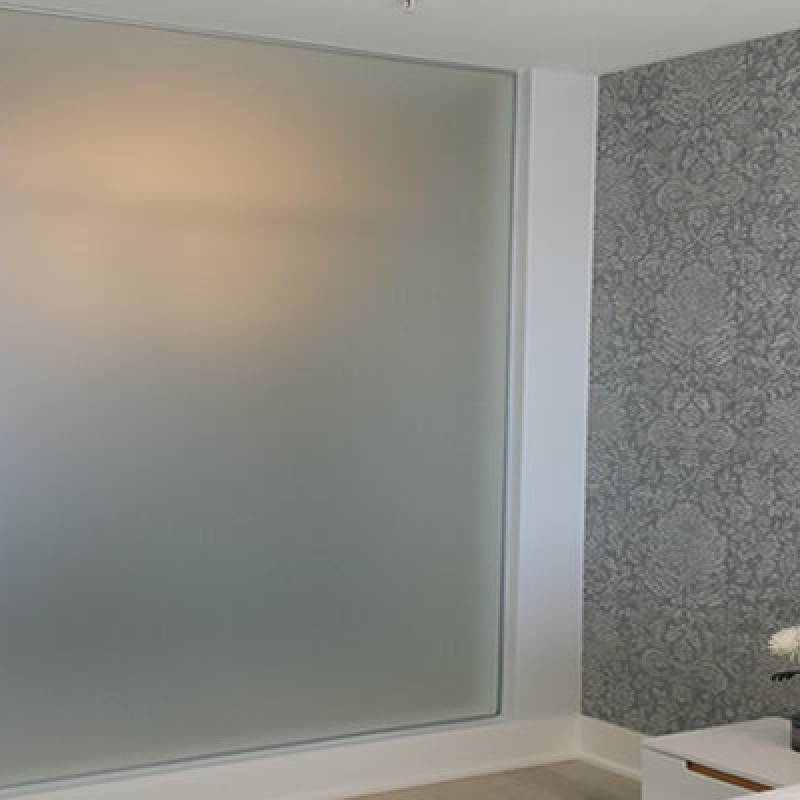

The Allure of Aged Mirror Glass A Reflection of Time and Beauty
In the realm of interior design and architecture, the charm of aged mirror glass has emerged as a captivating trend that beautifully blends nostalgia with elegance. This unique material, characterized by its antique appearance, irregularities, and textured surface, offers an enchanting quality that can transform any space into a haven of vintage allure.
Aged mirror glass is not merely about reflection; it evokes a sense of history and craftsmanship. Unlike modern, flawless mirrors that often represent the sterile aesthetics of contemporary design, aged mirrors come with a patina that tells a story. They showcase a delightful interplay of light and shadow, with flecks and streaks adding depth and character, reminding us of the passage of time. This imperfect beauty creates an intimate atmosphere, inviting one to ponder the life and moments that have been reflected through its surface.
The use of aged mirror glass is versatile. It can be employed in a variety of settings, from luxurious dining rooms adorned with vintage chandeliers to cozy lounges featuring eclectic decor. Aged mirrors work exceptionally well in spaces where one wishes to evoke a sense of warmth and inviting charm. They can be used as statement pieces, such as a grand mirror above a fireplace, or integrated into furniture, like coffee tables and cabinetry, adding a touch of sophistication while maintaining an air of understated elegance.
Moreover, aged mirror glass harmonizes beautifully with various design styles
. Whether it’s the opulence of Baroque, the rustic simplicity of farmhouse interiors, or the eclectic nature of bohemian design, aged mirrors can complement and enhance the overall aesthetic. Designers frequently pair aged mirrors with natural materials like wood, stone, and metal, creating a balanced look that feels both timeless and current.
One of the most intriguing aspects of aged mirror glass is its ability to manipulate light. Unlike traditional mirrors that merely reflect, aged mirrors possess a unique quality that diffuses light in a softened manner. This can make spaces feel larger and brighter, while also adding a layer of intrigue. In dimly lit areas, they can create dramatic focal points, reflecting candlelight or the glow of a fireplace in a way that feels warm and inviting.
In addition to their aesthetic appeal, aged mirrors also offer a sense of sustainability. They are often made from reclaimed materials, promoting environmentally conscious choices. By incorporating aged glass, designers not only honor craftsmanship but also embrace the use of materials that carry history, reducing the need for new production. This commitment to sustainability aligns with the growing trend of minimizing waste in the design industry.
As the popularity of aged mirror glass continues to rise, artisans and manufacturers are exploring new techniques to create this breathtaking material. While traditional methods often involve silvering glass and allowing it to oxidize naturally, modern innovations have introduced alternative processes that mimic the look of true antiquity without compromising on quality.
In conclusion, aged mirror glass is much more than a decorative element; it is an embodiment of beauty rooted in time. Its ability to reflect not only our physical selves but also the essence of our surroundings makes it a powerful design tool. As we move towards a world that appreciates history and sustainability, the allure of aged mirror glass will undoubtedly continue to captivate hearts and homes, creating spaces that resonate with the sophistication of the past while embracing the present.